
Aeonium succulents are beautiful, versatile plants that can add a unique touch to any garden or indoor space. However, like all plants, some of the common Aeonium problems they can experience cause them to lose leaves. This guide aims to help you understand the common reasons why Aeonium succulents lose leaves and provide tips on how to prevent and address these issues.
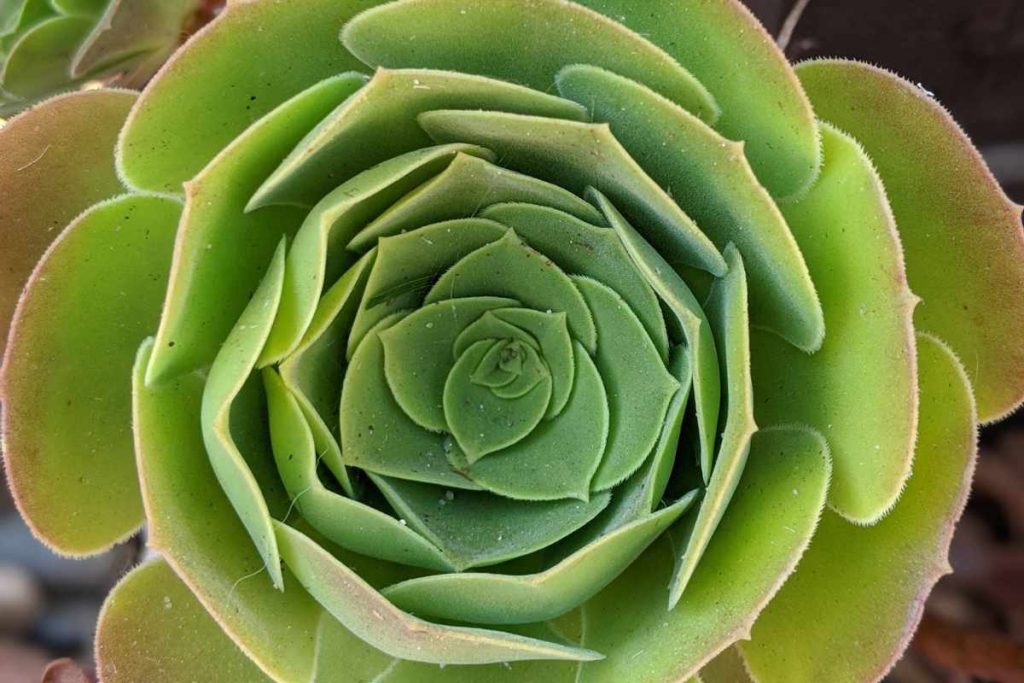
Common Reasons for Aeonium Losing Leaves

Overwatering
One of the most common reasons Aeonium succulents lose leaves is overwatering. These plants are adapted to dry environments, so they don’t need as much water as other plants. When they receive too much water, their roots can rot, causing the leaves to become soft and mushy before eventually falling off.

Underwatering
On the flip side, underwatering can also cause Aeonium succulents to lose leaves. When they don’t receive enough water, their leaves can become wrinkled, dried out, and eventually fall off. It’s essential to find the right balance when it comes to watering your Aeonium succulents.

Temperature Extremes
Aeonium succulents prefer consistent temperatures, and extreme heat or cold can cause them to lose leaves. Prolonged exposure to temperatures below 40°F (4°C) or above 100°F (38°C) can stress the plant and cause leaf loss.

Pests
Pests such as mealybugs, aphids, and spider mites can cause leaf loss in Aeonium succulents. These pests feed on the plant’s sap, weakening it and causing the leaves to fall off.

Disease
Aeonium succulents can also be affected by fungal or bacterial diseases that cause leaf loss. Root rot, caused by overwatering, can lead to fungal infections in the plant. Bacterial diseases, such as bacterial soft rot, can also cause leaf loss.
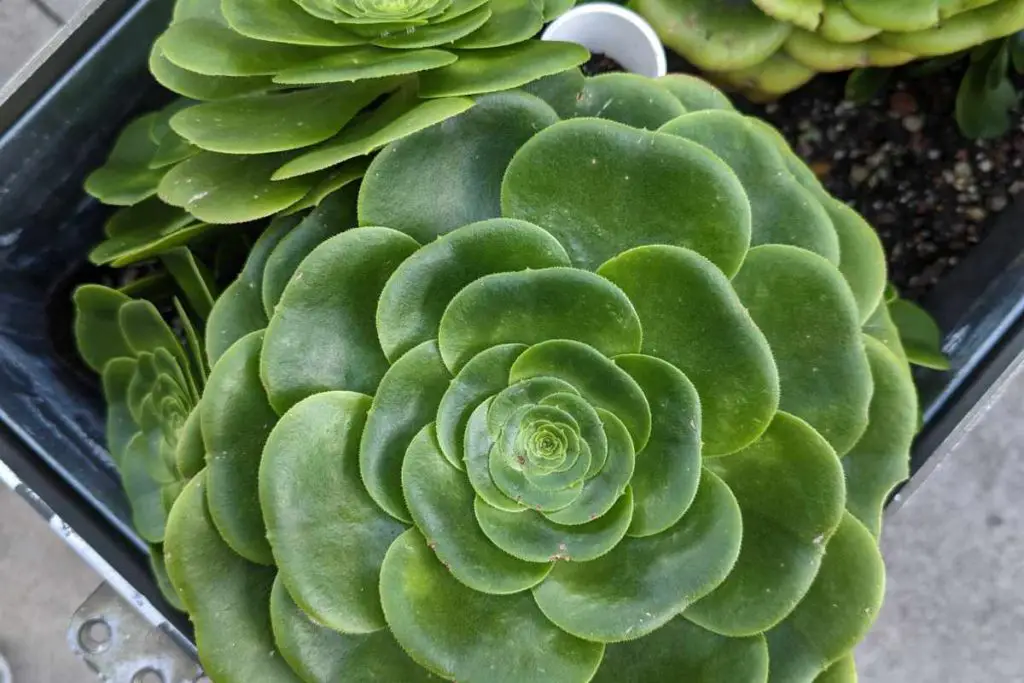
Natural Shedding
It’s essential to understand that Aeonium succulents naturally shed their lower leaves as they grow. This process is entirely normal and allows the plant to focus its energy on new growth.

Dormancy
Dormancy in Aeoniums represents a period of metabolic adjustment, where physiological activities slow down to conserve energy. Comparable to the restorative sleep humans seek, Aeoniums reduce their metabolic demands and exhibit minimal activity. Notably, during dormancy, Aeoniums curtail photosynthesis, diminishing their reliance on water and light for sustenance.
Care Strategies for Nurturing Aeoniums in Dormancy
Temperature Regulation and Optimization
Maintaining suitable temperature conditions proves pivotal for the successful dormancy of Aeoniums. These robust succulents exhibit resilience to temperatures as low as 28°F (-2°C). However, in regions susceptible to freezing, protective measures are imperative to prevent damage. Monitoring temperature fluctuations and providing adequate shelter can ensure a conducive dormancy period for Aeoniums.
Pruning and Pest Management
Aeoniums shed leaves as part of their dormancy process, necessitating diligent pruning practices. Regular removal of dry leaves is essential to prevent the accumulation of debris, which can serve as breeding grounds for pests. By adhering to rigorous gardening hygiene, the risk of pest infestations is minimized, contributing to the overall health of Aeoniums.
Observational Approach to Dormancy
A notable aspect of Aeoniums’ dormancy is their inherent ability to re-emerge from this phase when conditions are favorable. Gardeners are advised to adopt an observational stance during this resting period, allowing Aeoniums to follow their natural rhythm. Restraining from undue interference enables these remarkable plants to reawaken autonomously.
How to Prevent Leaf Loss

Watering Tips
To prevent overwatering or underwatering, wait until the soil is completely dry before watering your Aeonium succulent. When you do water, give the plant a thorough soaking, allowing the excess water to drain away. Avoid letting your Aeonium sit in standing water, as this can lead to root rot.

Temperature Control
To protect your Aeonium succulent from temperature extremes, grow it in a location with consistent temperatures, ideally between 65°F and 80°F (18°C and 27°C). If you live in a region with extreme temperatures, consider growing your Aeonium indoors or in a greenhouse where you can control the climate more easily.

Pest and Disease Prevention
Regularly inspect your Aeonium succulent for signs of pests and disease. If you spot any pests, treat the plant with an appropriate insecticidal soap or neem oil solution. To prevent fungal and bacterial diseases, ensure your plant receives proper air circulation, and avoid overwatering.
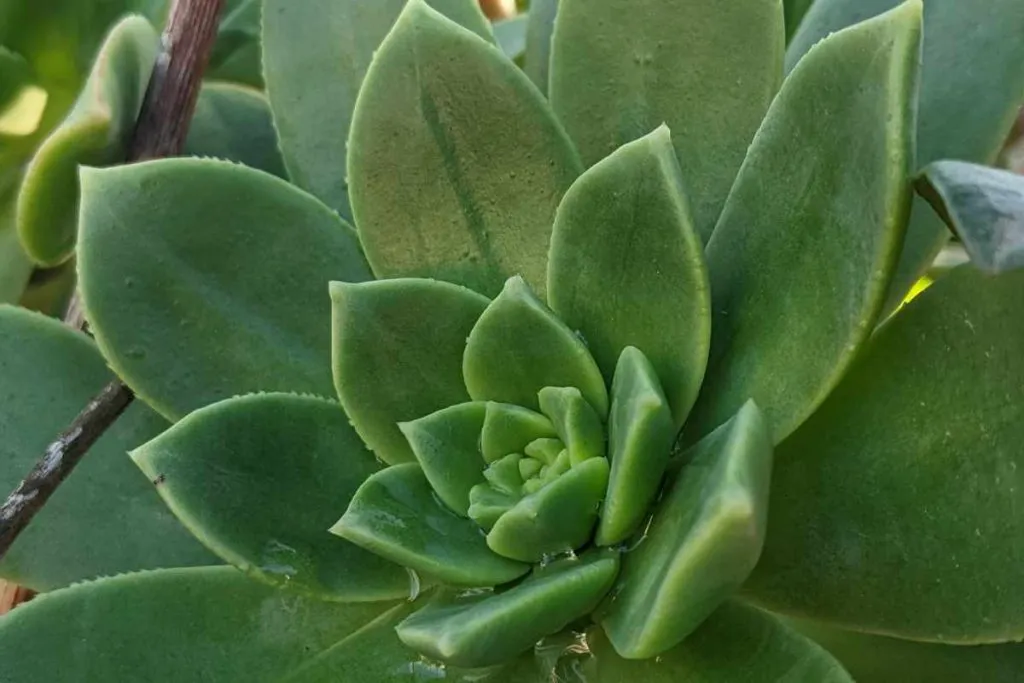
Reviving an Aeonium Succulent with Leaf Loss
If your Aeonium succulent has lost many leaves, don’t despair! By addressing the cause of the leaf loss and providing proper care, you can often help your plant recover. Be patient, as it may take some time for your Aeonium to bounce back and produce new growth.

Conclusion
Understanding the reasons why Aeonium succulents lose leaves is the first step in keeping your plant healthy and vibrant. By providing proper care and addressing any Aeonium problems promptly, you can enjoy your beautiful succulents for years to come.
Frequently Asked Questions (FAQs)

1. Can an Aeonium succulent regrow lost leaves?
Yes, Aeonium succulents can often regrow lost leaves as long as the underlying problem is addressed and the plant receives proper care. Be patient, as it may take some time for new growth to appear.
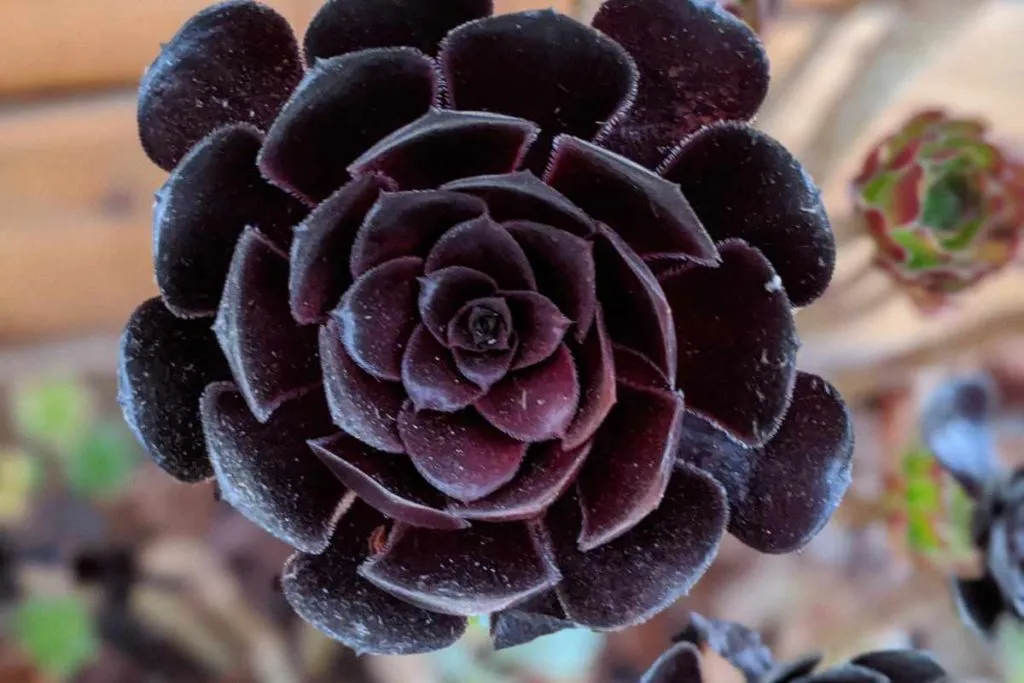
2. How often should I water my Aeonium succulent?
There’s no one-size-fits-all answer, as watering frequency depends on factors such as the plant’s size, the potting medium, and the environment. However, a general rule of thumb is to water when the soil is completely dry. Always ensure that the excess water drains away and avoid letting the plant sit in standing water.

3. Can Aeonium succulents be grown indoors?
Yes, Aeonium succulents can be grown indoors, provided they receive enough bright, indirect sunlight. They make ideal houseplants, as they can tolerate the consistent temperatures and dry air found in most homes. Keep in mind, though, that their stems are naturally very long and if they don’t receive enough light, they’ll really become leggy and etiolated and could tip over.
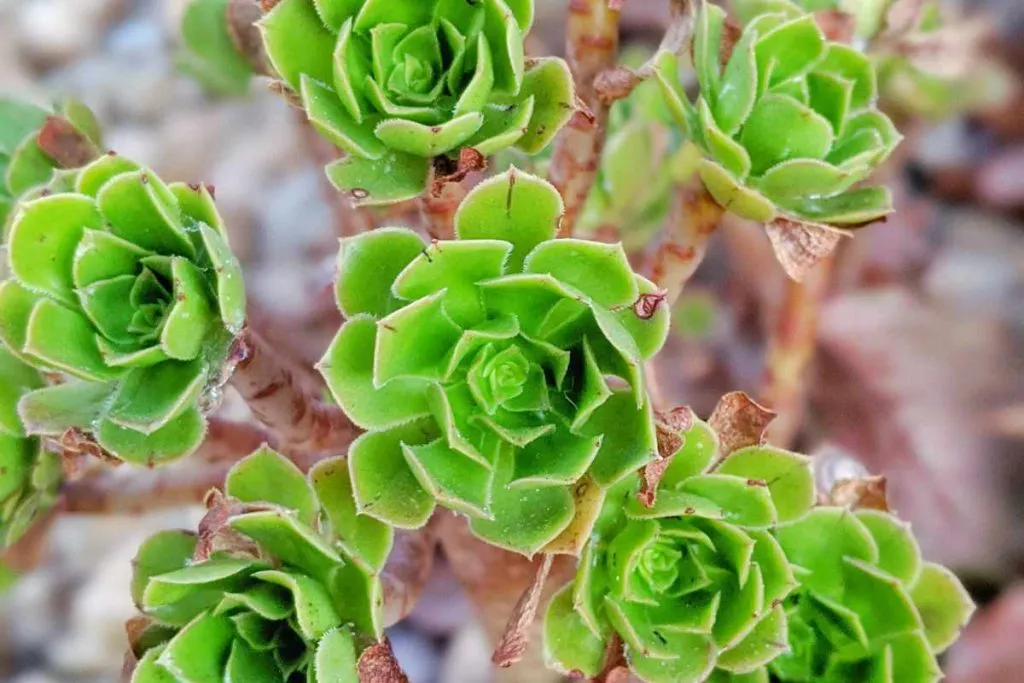
4. How can I tell if my Aeonium succulent has a pest infestation?
Signs of a pest infestation may include discolored or misshapen leaves, a sticky residue on the leaves, or the presence of small insects on the plant. If you suspect a pest infestation, treat your Aeonium succulent with an appropriate insecticidal soap or neem oil solution.
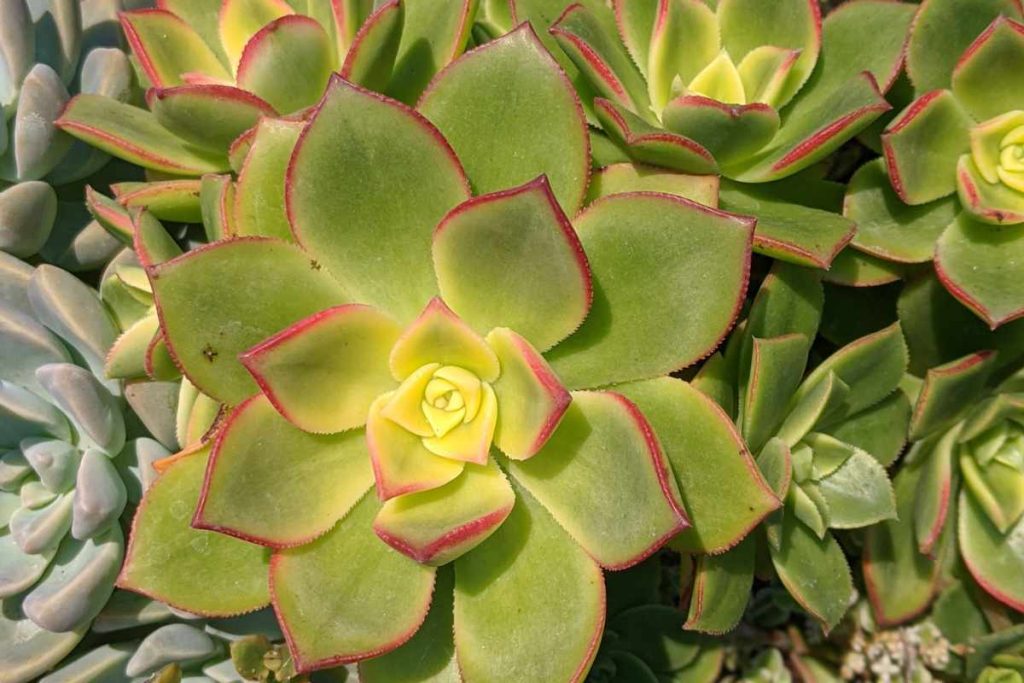
5. Are Aeonium succulents toxic to pets?
Aeonium succulents are generally considered non-toxic to pets. However, it’s always best to keep your pets away from your plants to avoid any potential issues. If you’re concerned about your pet ingesting a plant, consult your veterinarian for advice.

Back to:
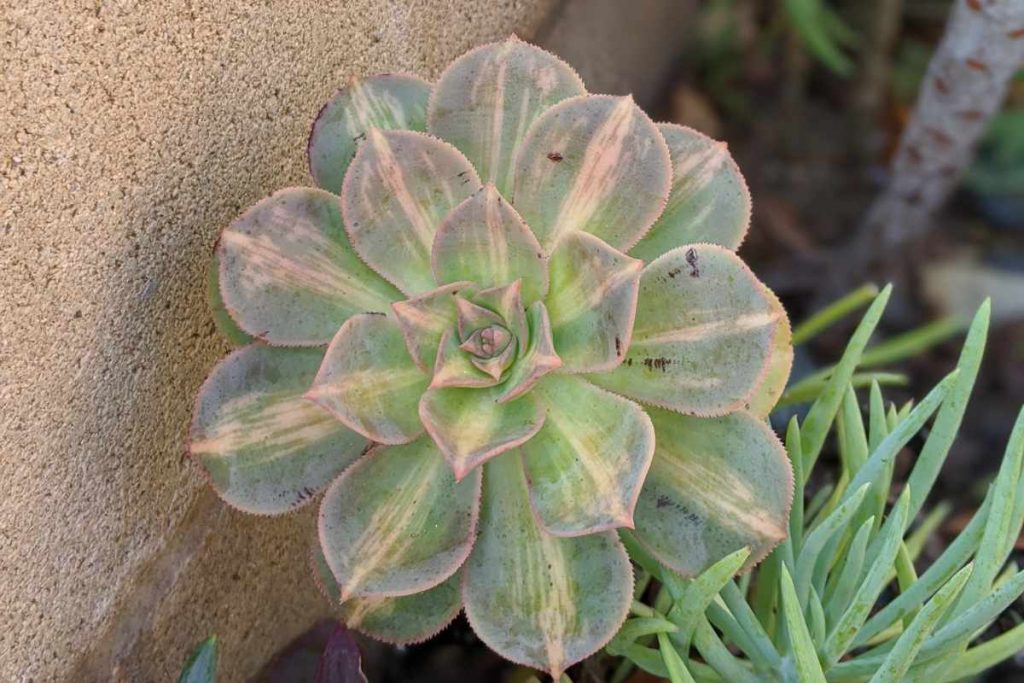
Ready to add more Aeonium to your succulent collection?
Click on the images below and support small businesses by purchasing your Aeonium from their Etsy shops!
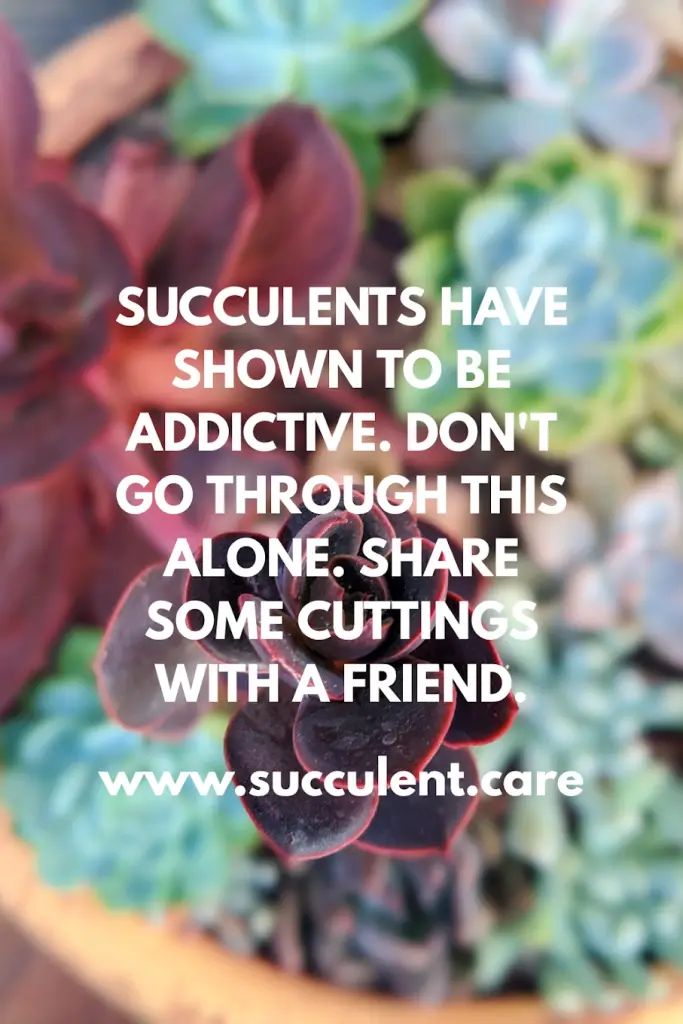
Where to Buy Succulents Online







